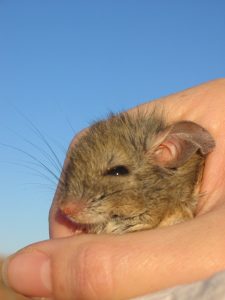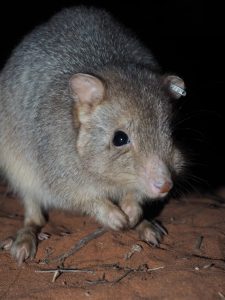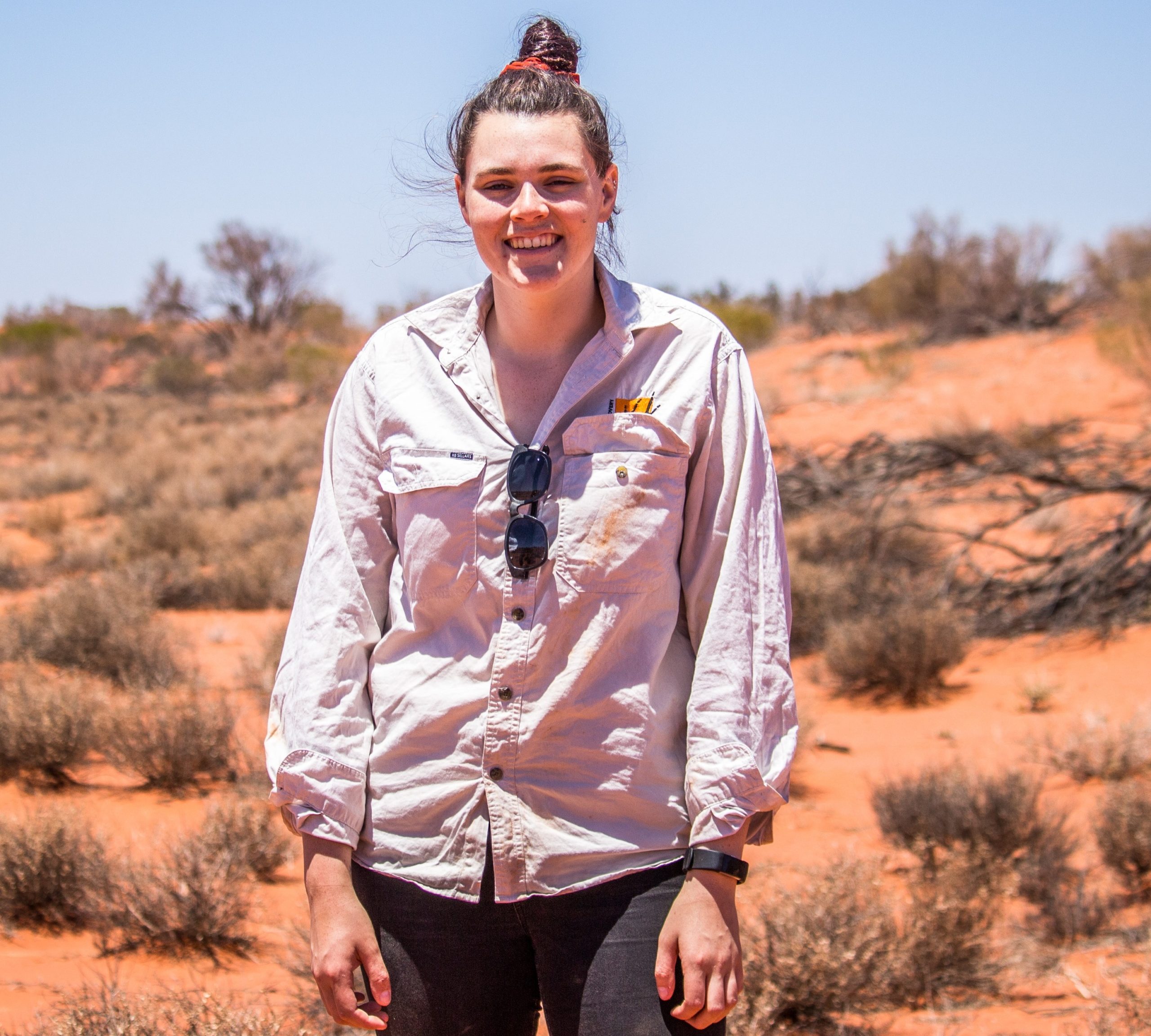It is an unfortunate but unavoidable fact that the amount of attention that different species receive often has little to do with their ecological importance, or any other scientific measure of “value”. Most members of the public care more about koalas than they do about clams, because we find it so much easier to relate to cute animals like mammals (for one thing, they have faces). This has consequences for our relationship with these species, including how easy it is to garner support for their conservation.
A rat by any other name would look as sweet
However, I would argue it’s not just how species look, but also what we call them that impacts upon how people consider them. I manage a zoology museum in London, and in my experience of talking to our visitors it’s clear that certain animal names bring about an instant negative reaction in many people. Chief among them is “rat”, and Australia has a lot of rats.

My particular zoological passion is Australian mammals and I’m currently at Arid Recovery to support their ecological research programs. Encountering the incredible mammals that are thriving here on the reserve made me think about the importance of the English names these species have been given.
How to be a mammal
There are three ways to be a mammal, and their definitions are tied to the way they reproduce. First, monotremes lay eggs, and comprise just a handful of living species, restricted to Australia and New Guinea: the platypus and echidnas. Second, marsupials give birth to tiny young after a very brief period in the womb, and then do most of their development suckling milk on a teat (often in a pouch). The approximately 335 species of marsupials are only found in Australasia and the Americas. The third and by far the biggest group (over 5,000 species, with global distribution) is the placental mammals, which give birth to well-developed young after a relatively long period in the womb, and finish off their development with a short period suckling milk.
Australia is not just a land of marsupials
Australasia is the only place where all three groups are found (which is one of the reasons why I find it so fascinating), but the public perception that they enjoy is not evenly spread. I think Australia’s native placental mammals get a raw deal. It comes as a surprise to many people that nearly half of Australia’s land mammals are not marsupials. Everybody knows Australia has lots of bats, but I’ve had many conversations with people who weren’t aware that Australia also has native rodents. In fact, they comprise nearly a quarter of all Australian terrestrial mammals.

A native Spinifex hopping mouse re-released after a survey at Arid Recovery.
“You dirty rat!”
The word “rat” tends to bring about a negative emotional reaction; perhaps even one of disgust. Black rats (Rattus rattus and Rattus tanezumi), brown rats (Rattus norvegicus) and Pacific rats (Rattus exulans) are native to Asia but have been spread by people across the globe for millennia. They have become universally associated with disease, filth and have a general “pest” status.
Unfortunately the strength of the negative public image of these “bad” rats can easily rub off on the environmentally important native rodents that are also called rat.
Rats for kids
If nearly a quarter of Aussie land mammals are rodents, why are there so few (if any?) kids’ books or cartoons about them? Wombats, possums, devils, quolls, kangaroos, platypuses, and koalas fill children’s libraries, but why no native mice and rats? Perhaps this helps explain why so many people are under the impression that Australia doesn’t have any native rodents.
Rodents have been here in Australia for at least 4-5 million years, and have arrived by hopping from island to island from mainland Asia in a number of waves. They cover almost the full gamut of terrestrial diets (from seed-, leaf- and fruit-eaters to predatory carnivores), and are found in every kind of habitat.

A black-footed tree-rat in Kakadu, Northern Territory. Photo: ABC Kimberley
Rats are losing the rat race
Arid Recovery is home to a number of ratty beasts, including the most significant population of greater stick-nest rats on the Australian mainland. Following European invasion of Australia, the cats and foxes that the settlers brought with them spread like wildfire across much of the country (along with a number of other introduced species including black and brown rats). At least 29 native mammal species have since become extinct (14 of which were rodents), and the majority of the others have suffered dramatic range reductions.
Greater stick-nest rats just managed to cling on to their existence on a couple of offshore islands, in the absence of introduced predators, from where they were reintroduced to Arid Recovery. Their close relatives the lesser stick-nest rats (which also would have once been found across much of the arid zone) were not so fortunate – they became extinct by around 1950.
Because of the impact introduced predators are having on Australia’s native rodents, it’s critical that organisations like Arid Recovery are able to protect the surviving populations. In their absence the ecosystems do not function properly, and entire habitats can collapse. While it’s relatively easy to get the public to get behind charismatic species like bilbies, they have to work harder to communicate the importance of native rodents like stick-nest rats.
Rebranding the rats
I’m not sure how I feel about this, but a number of native rodents have been rebranded to remove the word “rat” from their name, which may help with their public image. After the predator-proof fence was built at Arid Recovery, the threatened plains mouse – which existed in low numbers in the region – colonised the reserve and boomed in the absence of cats. Until recently, this species had been known as the “plains rat”. Similarly the prehensile tailed-rat of north Queensland has been rebranded “tree mouse”, which certainly sounds cuter.

The rodent formerly known as “plains rat”
Marsupials are not exempt from this topic. One of the earliest European descriptions of an Australian animal was of the quokkas of Rottnest Island. In 1696 William de Vlamingh gave the island its name (meaning “Rats’ Nest” in his native Dutch). Nicolaes Witsen reported on the voyage: “[Vlamingh] found no people but a large number of rats, nearly as big as cats, which had a pouch below their throat into which one could put one’s hand”.
Rat-kangaroos?
Similarly the bettongs that will be familiar to anyone who has visited Arid Recovery after dark were called “rat-kangaroos” by the first British colonist in 1788, and the name stuck. Whenever I discuss working with bettongs I see people crinkle their nose at the idea of a “rat-kangaroo”, presumably because of the connotations of the word “rat”.

Bettongs were described as “rat-kangaroos” by early British colonists. Photo: Claire Coulson
In the cases of the bettongs and quokkas, it’s not the desire to remove the word “rat” that was the driver behind the name change. These names are anglicised versions of Indigenous words for these animals. The act of naming was part of the colonisation process, and we have/had no real cause to overwrite the Indigenous names with English ones. At risk of oversimplification, by giving them back their Indigenous names, we recognise the importance of animals’ names in the way we think about them, just as we do when it comes to “rats”.


























